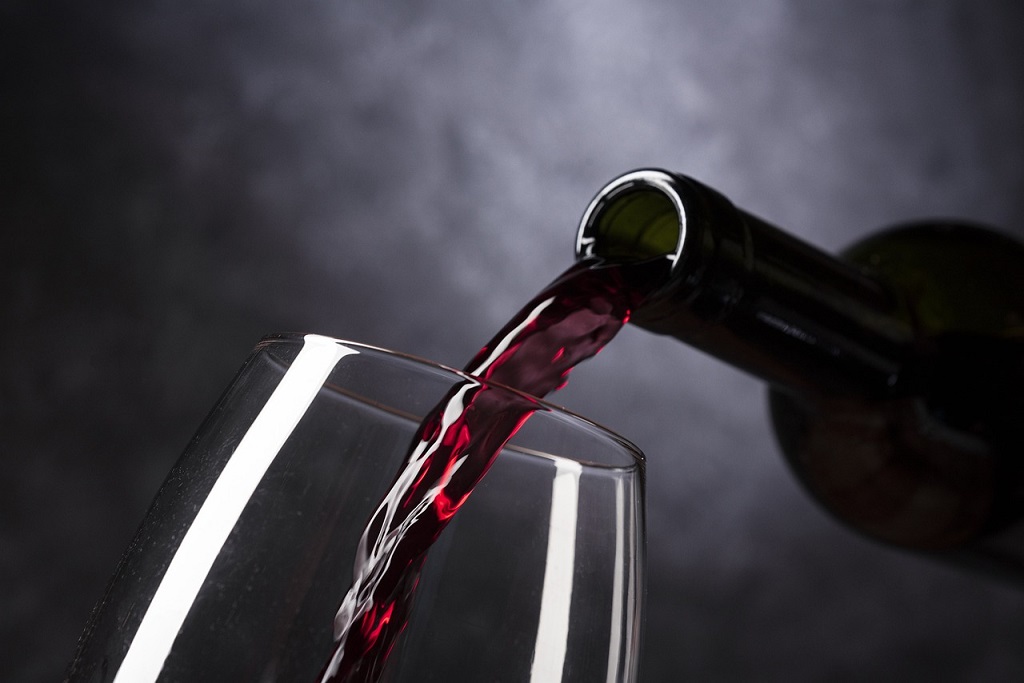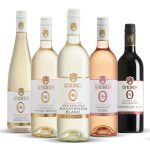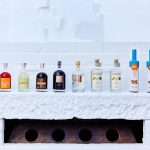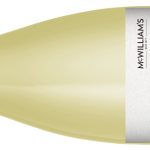Driven by increasing consumer demand, no- and low-alcohol wine grew by more than seven per cent in volume across 10 key global markets in 2022, according to a comprehensive new study published by IWSR Drinks Market Analysis, the global leader in alcohol data and analysis.
The pace of growth of the no/low-alcohol category is expected to surpass that of the last 4 years, with forecast volume CAGR of 7%, 2022- 26, compared to 5%, 2018-22.
No-alcohol will spearhead this growth, expected to account for over 90% of the forecast total category volume growth.
Among the 10 focus markets examined in the December 2022 release of the IWSR No- and Low -Alcohol Strategic Study (Australia, Brazil, Canada, France, Germany, Japan, South Africa, Spain, the United Kingdom, and the United States), the market value of no/low alcohol products in 2022 surpassed $11billion, up from $8 billion in 2018.
“The dynamic no/low-alcohol category presents opportunities for incremental sales growth as consumers are recruited from drinks categories such as soft drinks and water. Brand owners have an opportunity to recruit non-drinkers of alcohol,” said Susie Goldspink, Head of No- and Low-Alcohol, IWSR Drinks Market Analysis.
“As more people opt to avoid alcohol on certain occasions – or abstain from it altogether – no-alcohol is steadily increasing its share of the no/low category.”
No-alcohol products spearhead overall category growth No-alcohol volumes grew 9% in 2022, increasing their share of the overall no/low-alcohol space in the world’s 10 leading no/low markets to 70%, up from 65% in 2018.
“No-alcohol is growing faster than low-alcohol in most markets,” said Goldspink.
“The countries where this does not apply, such as Japan and Brazil, are early-stage low-alcohol markets with a small volume base.”
Improved taste, production techniques, and a diversification of consumption occasions, are driving no-alcohol’s dominance over low-alcohol in many markets. IWSR expects no-alcohol volumes to grow at a compound annual growth rate (CAGR) of 9% between 2022 and 2026.
Germany, the world’s largest and most mature no/low-alcohol market, will see relatively slow growth due to beer market maturity and lack of innovation.
No/low consumers are maturing at a global level, with Millennials the largest age group. Switching between alcohol and no/low is common, both in the same occasion and between different ones.
78% of consumers of no/low products also drink full-strength alcohol; the largest subset (41% of no/low consumers) are classified as ‘substituters’, who choose no/low products when avoiding alcohol on certain occasions.
However, ‘abstainers’, who refrain from drinking alcohol altogether, account for 18% of no/low consumers, and their numbers are rising in most markets, with younger legal-drinking-aged consumers at the fore.
The ‘abstainers’ group has changed most in size in the past year, with nine out of 10 markets seeing an increase. As no/low products permeate a wider variety of occasions – low-alcohol often in low-key social settings, no-alcohol alone or unwinding with a partner at home – newer recruits to no/low are increasing their frequency of consumption.
With people motivated to drink no/low by lifestyle, rather than necessity, growth is now being driven both by recruitment of new consumers and by greater participation. Daytime consumption of both no- and low-alcohol has increased this year, signalling potential for the category to expand beyond alcohol-replacement occasions.
“This pattern of avoiding alcohol on certain occasions or altogether is driving no- over lowalcohol growth,” said Goldspink.
“Pair this with the rise of functional beverages – often containing ‘mood-enhancing’ adaptogens or nootropics – and the result is a strong outlook for no-alcohol.”
Product availability is the key barrier to further consumption for consumers of no/low The biggest challenge facing the no/low category is one of availability: in many markets, no/low products lack visibility in the mainstream on-trade; among retailers, there is often confusion about where they should be displayed – in the beer/wine/spirits aisle, among soft drinks, or on their own.
In both channels, the choice of products is often limited. Cost has become less of a barrier for non-consumers of no/low-alcohol, dropping from 14% in 2021 to 7% in 2022.
Despite the cost-of-living crisis, cost as a barrier to purchase currently remains unchanged among those who do consume no/low drinks. Where no/low is established, prices are similar to equivalent full-strength alcohol categories.
Are you a Daily Wine News subscriber? If not, click here to join our mailing list. It’s free!
















